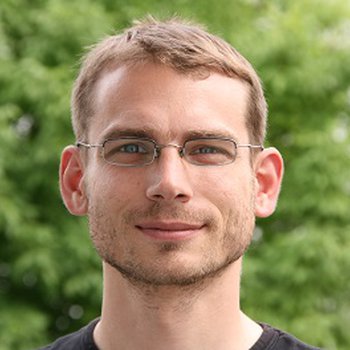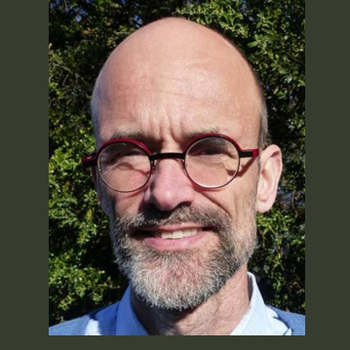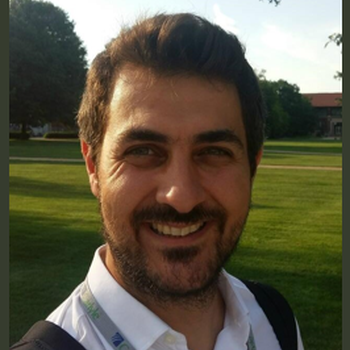Session 3: Passive House Districts (German presentations with English subtitles)
Wednesday, 23 September 2020, 5:00 pm
| Time (CEST) | Topic | Speaker |
|---|---|---|
| 5:00 pm | Welcome |  Peter Friemert | Chair |
|
5:05 pm |
Smart City Wörgl: A vision turns reality (Presentation in German) Over the next few years, NEUE HEIMAT TIROL’s South Tyrolean settlement in the Austrian town of Wörgl will become a flagship housing development, offering an exceptionally high quality of life and setting an example across the country. The first construction phase was handed over to residents in November 2019. The development features innovative combinations of tried-and-tested technology which is being intelligently connected, adapted and demonstrated during the course of the project.
|
 Harald Konrad Malzer | NEUE HEIMAT TIROL Gemeinnützige WohnungsGmbH |
|
5:20 pm |
Measured heating load for DHW and space heating in a large Passive House development (Presentation in German) The presentation looks into optimisation of the power capacity of a district heating connection for a Passive House Building. It was found that substantial savings can be incurred by matching the capacity to actual demand. This does also allow for more effective operation of the heating plant. |
 Wolfgang Hasper | Passive House Institute |
|
5:35 pm |
Wooden Passive House construction in the city: An ecological living quarter in Munich's Prinz-Eugen Park (Presentation in German) Building lot WA 14 East serves as an example to introduce Europe’s largest development using timber construction in Munich. The focus was on using renewable raw materials, considering social and ecological aspects, and achieving high standards for energy efficiency and in some cases the Passive House Standard while maintaining sustainable architectural quality.
|
 Rena Vallentin | ArchitekturWerkstatt Vallentin GmbH |
| 5:50 pm | Question and Answer | |
|
6:10 pm |
Tirol 2050: Visions of a fossil free future (Presentation in German) The Austrian federal state of Tyrol has set itself the target of meeting all its energy requirements with local renewable energy sources by 2050. This study investigated the potential of renewable energy sources and possible savings in the building, transport and production sectors. Electricity-based energy systems were found to be most efficient. |
 Wolfgang Streicher | Universität Innsbruck, Arbeitsbereich Energieeffizientes Bauen |
| 6:25 pm |
Passive House and sector coupling in Germany (Presentation in German) Germany’s building stock can be well integrated into a renewable energy supply using Passive House components. Heat will then primarily be supplied by heat pumps, with district heating also playing a role. Poorer standards would become more expensive overall through the import of renewable energy |
 Jürgen Schnieders | Passive House Institute |
|
6:40 pm |
A new Passive House District - Optimization of Energy Supply and Distribution System For a Passive House district in Innsbruck, heat pumps are preferable over the district heating from the primary energy point of view; It is more efficient to use one per building than one per district. A 4-pipe system with decentral fresh water stations is recommended in combination with heat pumps. |
 Georgios Dermentzis | University of Innsbruck, Austria |
| 6:55 pm | Question and Answer | |
|
|
guided tour 1 of the exhibition Go to Session 2
|



